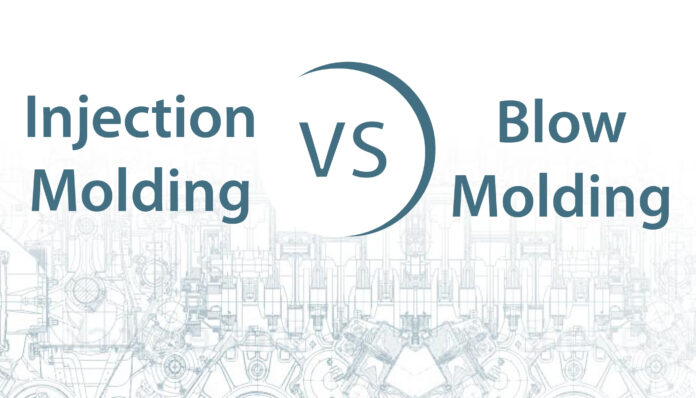
Finding the right type of manufacturing process for your new invention can be difficult. The constant competitiveness between injection and blow molding does not make it much easier too. Some companies that their technique of creating products out of plastic is the best on the market while others claim that a different technique is superior. Who should you believe and why?
Should I just pick the superior manufacturing process? These are some of the questions that might be popping up in your head and honestly, there is no clear answer for these.
The first thing you will need to understand is that these two different types of molding are superior in their own way. One is better in a certain aspect while the other one is better in another. There really is no way to tell you which one you should pick. You will need to make the decision by yourself. And the decision should come down to the type of product you want to produce.
However, we can help by telling you the differences between blow and injection molding. With this information, we may push you in the right direction.
Table of Contents
What is injection molding?
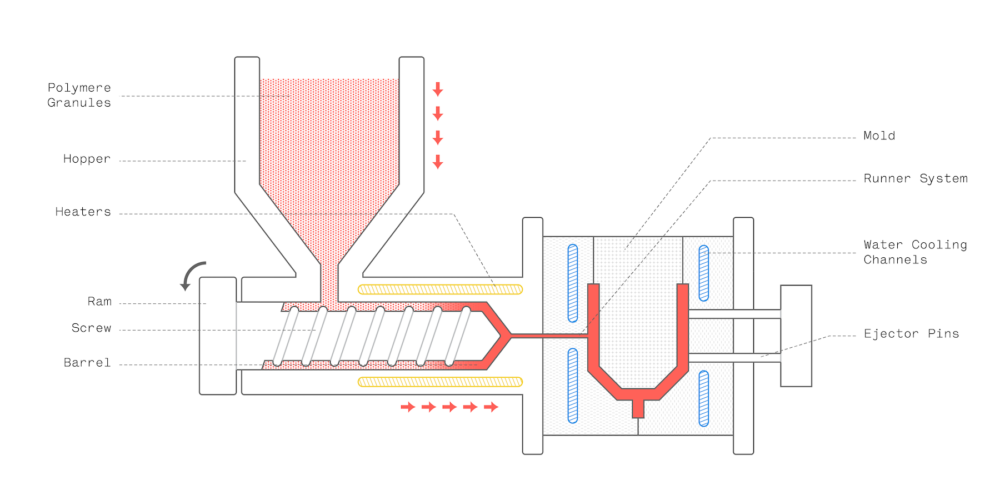
Injection molding was first introduced more than a hundred years ago and has been constantly under development since then. There have been hundreds of technological advancements and improvements in the techniques used in this industry. You could say that it has been perfected after these many years. The machinery used for this kind of manufacturing process has also been brought to perfection too.
Even though the machinery used is complicated and expensive, the process is quite simple to explain. A material such as plastic is first melted and then loaded into a tool that will be used to inject that same molten material into a mold. After the mold has been filled, it is left down to cool. Once it has cooled down, the product can finally be removed from the cast.
This is a short explanation of how exactly this process works.
Advantages
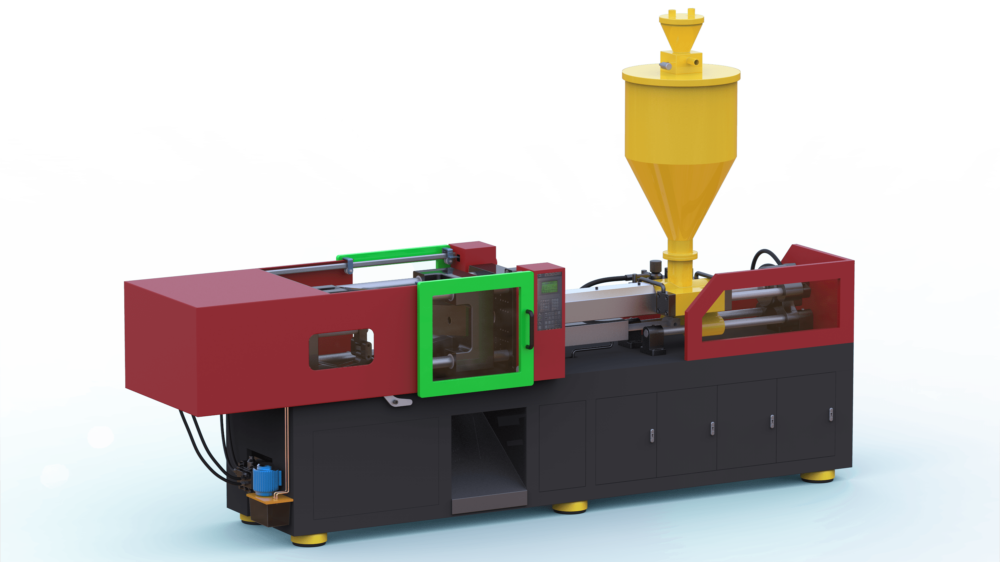
Here are some of the advantages of using injection molding.
· Accurate details and complex shapes
One of the biggest reasons why many manufacturers decide to use this technique to create metal or plastic parts is because it can deliver strong, durable, and accurate products. With such high pressure used to push the plastic into the mold, it allows companies to add all kinds of details to the final product.
It also gives the ability to make the most complex shapes a person can think of. The limits are truly endless.
· It is efficient
Another reason why many companies around the world that are mass producing is because it is very efficient. Once the investment in the machinery has been made, the cost for manufacturing thousands or even millions of parts is very cheap.
Not only is it cheap, but it is also fast too. Once you set up the machines for a certain product/form, you won’t have to make any changes to it until you are finally done with the item you are manufacturing.
· Other materials can be used
Another major benefit of this technique is the fact that a bunch of other materials can be used. For example, with the die-casting process, all kinds of metals can be used. Whether it is copper, zinc, aluminum, magnesium, it can easily be done. Blow molding can only utilize plastic or glass.
What is blow molding?
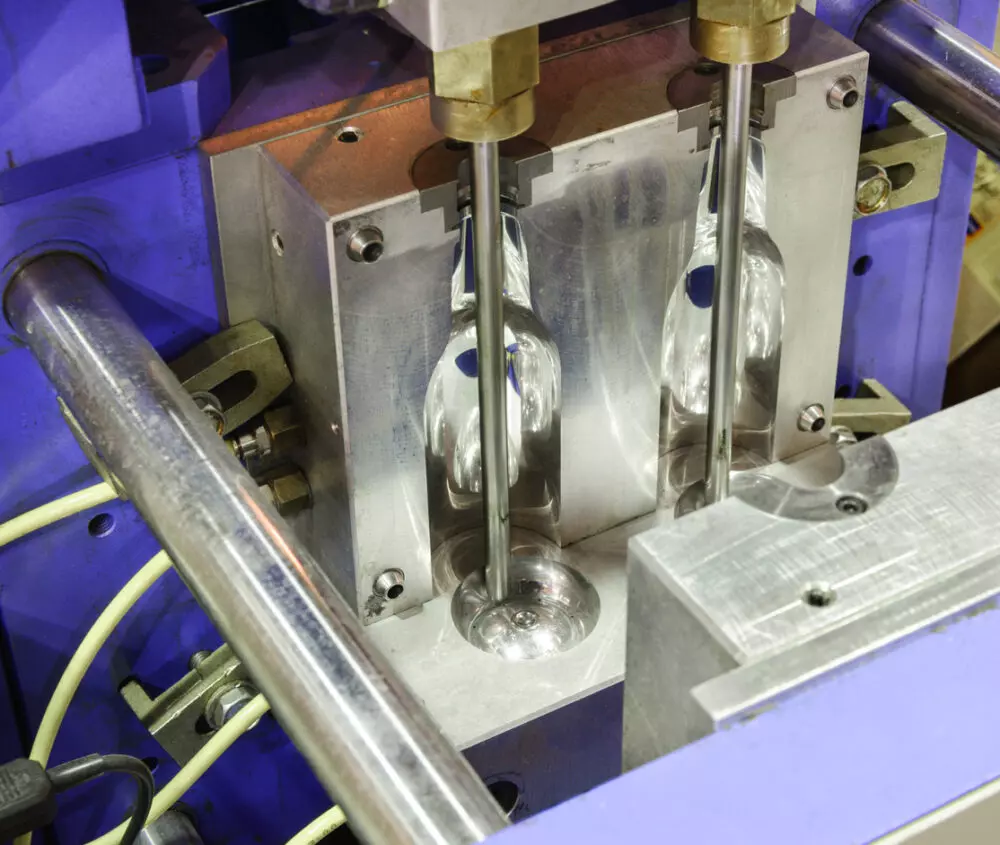
Now that we explained what and how exactly injection molding works, we can explain how this method works and why is it different.
The original idea comes from glassblowing which was around even since ancient times. In the 1940s, the idea for the blow molding process started developing, but there wasn’t a lot of interest in this method during those years. A couple of decades later, it became obvious that by using this method, companies could create perfect hollow shapes for bottles, test tubes, and other types of glassware. If you are interested in this method and looking for blow molding companies, you can read more here.
How it works
The idea behind this technique is actually quite simple. The material (plastic or glass) is melted down and then turned into a small ball or tube-like shape. One end of this tube has a small opening which is used to insert the blow tool inside of it. The small melted tube is placed inside of a mold and then it is hit with a blow of highly pressurized air. The air pushes the material out and fills out the mold. Once everything cools down, the cast is removed and a hollow-shaped object is revealed.
Advantages
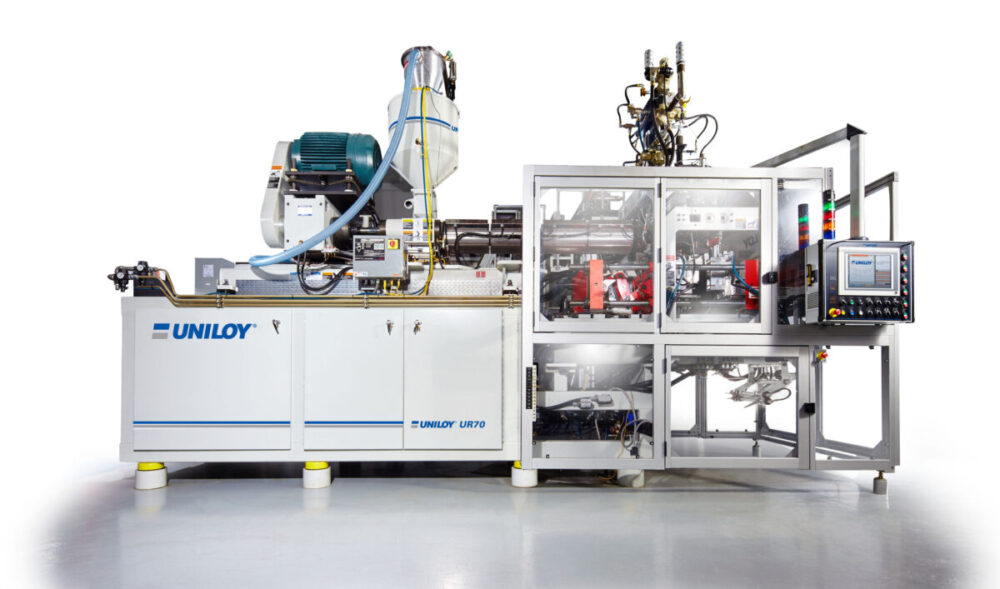
There are several advantages you can expect when going with this kind of manufacturing method.
· The tools are cheap
One of the biggest reasons why companies like to invest in this type of machinery is because they are cheap. All of the attachments and tools that will be used during the process are cheap too. So, even if the most expensive machine breaks down, getting replacement parts will be both easy and inexpensive. Even the die casts are much cheaper to make or buy.
· Automation
While most manufacturing processes in this modern world have been automated somewhat, blow molding has the potential to be completed automated. This way, a business can completely remove human error from the equation which ultimately leads to faster production and higher profits overall.
· Mass producing
Most bottles for liquids that you see on a daily basis have probably gone through this process because it simply is the best way to mass-produce this kind of hollow objects. Out of a million plastic bottles, only a few hundred would probably come out deformed or damaged.
The only disadvantage we can think of from using this technique is the fact that products can have quite thin walls on the corners, but this isn’t something to worry about when creating things such as bottles or tubes.
There are a bunch of other differences between injection and blow molding, but these advantages and disadvantages are what differentiates them.







